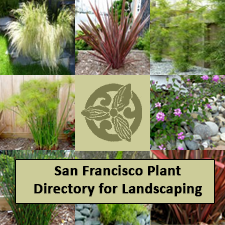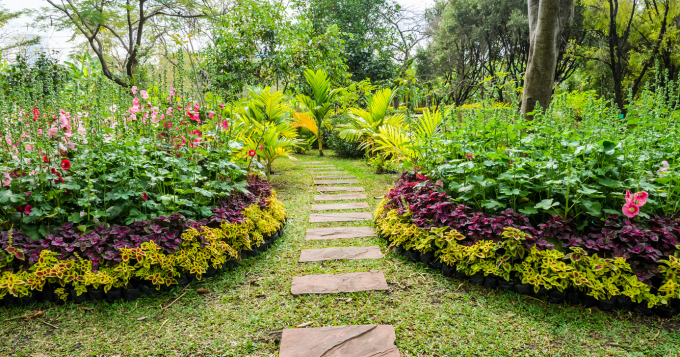Landscaping is a crucial outdoor design element or aspect that will enhance the aesthetic appeal of your commercial property or home. Whether you are looking for front yard landscaping ideas, or looking at the basic elements of of curb appeal. A well-manicured lawn adds immense value to a property. It’s the first thing people see, giving them an image of the owner’s personality and preferences. Despite its tremendous value, most property owners pay little or no attention to their outdoor spaces.
Landscaping entails creating an inviting and appealing outdoor environment using various elements, such as water features in the front yard. The project involves more than just planting flowers and mowing the lawn. It requires careful planning and implementation of various principles to add visual weight to the outdoor space.
Let’s dive in and look at the seven principles of landscape design and why they are essential.
Unity
Unity is one of the main principles that should be factored in when landscaping an area. It entails creating a cohesive and harmonious design that ensures all elements complement each other.
To achieve this goal, you must consider factors including color scheme, landscaping materials, design theme, and personal preferences. For instance, if you have a modern home design, use clean lines and minimalistic designs for your landscaping. Doing so will create a unified and cohesive look that matches the architectural style of your home.
Balance
There are two primary types of balance in landscaping, namely
- Formal balance
- Informal balance
Formal balance is also referred to as symmetrical balance. It entails creating a mirror image on the right and left sides of the landscape design. Both sides should be the same in color, shape, and size. It’s usually used in landscape design to create a sense of formality, order, and symmetry.
On the other hand, informal balance is also commonly referred to as asymmetrical balance. An uneven distribution of elements, such as large trees in the design, characterizes it. It creates a sense of informality, dynamism, and movement. Landscapers often use it in cottage-style and naturalistic landscape designs.
Ultimately, the choice between informal and formal balance largely depends on the desired aesthetic effect and style.
Focalization
Focalization entails creating a central or focal point of interest in the landscaping design. It is achieved by including focal points such as sculptures, water features, or plantings. The points are strategically organized and placed to draw attention to a particular area by creating a compelling visual interest.
Proportion
Proportion creates a sense of scale and balance in the lawn. To do it correctly, you must first determine the different sizes of the elements you intend to install. You must also consider how the elements relate and complement each other.
For example, when working on a property with a large outdoor space, you may want to use large trees and plants to create a sense of proportion and will address the depth of field. On the contrary, if the outdoor space is limited, you should use small flowers and plants that fit well without making the lawn look crowded.
Rhythm
Rhythm creates a smooth and unique flow in the landscaping design. It is achieved by using similar colors or patterns. For example, the use of flowers of matching colors and texture creates a sense of rhythm in the lawn. Like the focal points, the goal is to grasp people’s attention through the design.
Repetition
Repetition is another invaluable landscaping principle that, as the name suggests, involves having the same or similar elements throughout the landscape. You can easily achieve it using the same colors and patterns throughout the outdoor space.
The main goal is to create harmony and unity in the landscape design. You can use a specific flower or plant throughout the space.
Contrast
By now, you already know that the main objective of landscaping is to develop a design that grasps attention and exhumes one’s taste and preferences. Contrast creates visual interest by placing contrasting elements in the back or front yard.
The design elements have different textures, shapes, and colors, which work in tandem to make the lawn stand out from the surrounding area.
Final Thoughts
Landscaping principles have a direct impact on the quality of outdoor design. All seven principles discussed above should be considered as parts of the design. If you are to succeed in creating an outdoor space that is not only functional but also visually appealing.



